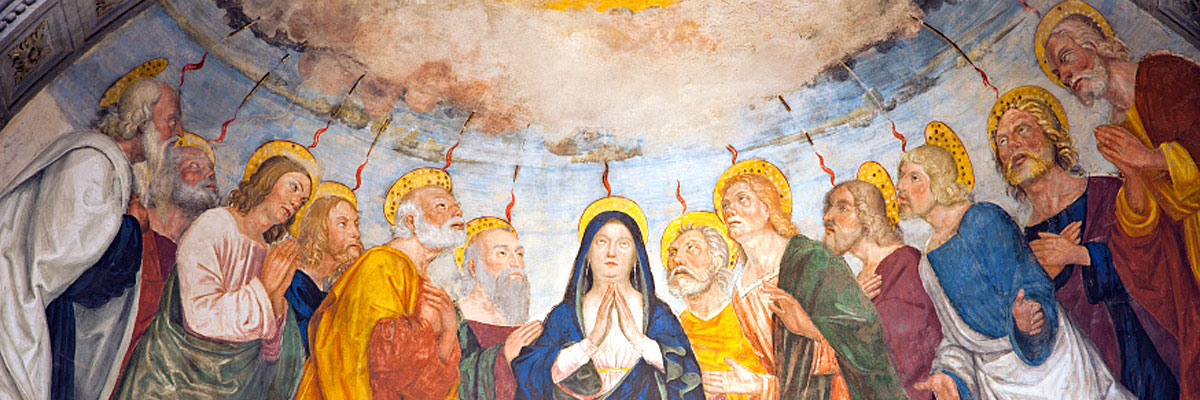
Understanding Our Church
A Treasury of Arkansas Writers Discussing the Catholic Faith
Official Website of the
Catholic Diocese of Little Rock
When hatred seems justifiable, prayer yields courage to work for peace
Published: June 26, 2004
By Sister Susan McCarthy, RDC
“Peace be with you” (John 20:19) is the greeting Jesus offers to the disciples. Peace is the fruit of the Spirit offered to us at Pentecost. The greeting actually represents the fulfillment of the promise offered by Jesus at the Last Supper: “Peace I leave with you; my peace I give to you” (John 14:27)
A similar greeting of peace is found at the beginning of almost every letter written to the early Christian communities. The call to be people of peace occurs throughout the liturgy as well: at the Gloria and at the sign of peace. Also, at the end of each liturgy we are encouraged to go in peace and to bring that peace to our families and communities.
This peace is meant to be a divine blessing of harmony and well being which we make real through our relationships with God, other people and the world around us. The Hebrew word for peace is shalom, which signifies fullness or wholeness. When we greet another with shalom we wish that nothing would be lacking in the life of that person.
We wish that this person would fully realize their potential for goodness and kindness. Though the Hebrew people sought shalom, it became a real possibility with the birth of Jesus, who invites us to take down the barriers that separate us. Jesus encourages us to restore our relationships and heal our divisions following his example of forgiveness and unconditional love.
We are not only called to be at peace. We are called as well to bring about peace, shalom, reconciling wholeness, in our personal relationships and in the relationships in our national and worldwide communities. Just as Jesus prayed for those who condemned and crucified him, “Father, forgive them,”(Luke 23:34a) we are called to the same. We are called even to go beyond forgiveness, to actually “love our enemies.” (Matt 5:44-45)
When we find reconciliation, forgiveness and love of enemies too demanding it may be helpful to recall examples of contemporary men and women who have managed to do it. As Robert Kennedy’s body lay in state at St. Patrick Cathedral, I watched Rose Kennedy sit by her son’s casket and quietly pray the rosary.
There were no words of vengeance or retaliation from her or her family. Her most public response was to go the cathedral and pray. Recently, the people of South Africa celebrated the 11th anniversary of the end of apartheid. Nelson Mandela, imprisoned for many years, chose not to hold on to justifiable hatred and anger.
He thus provided new possibilities for the black and white races of South Africa. When we find it difficult to follow examples such as these we need to remind ourselves of the words found in the Mass of Reconciliation: “In the midst of conflict and division, we know it is you who turn our minds to thoughts of peace. Your Spirit changes our hearts: enemies begin to speak to one another, those who were estranged join hands in friendship, and nations seek the way of peace together.”



